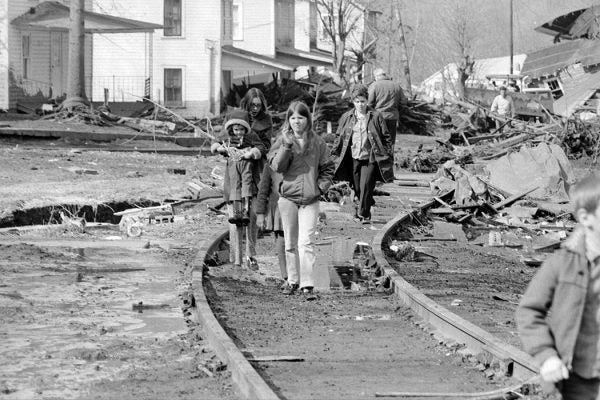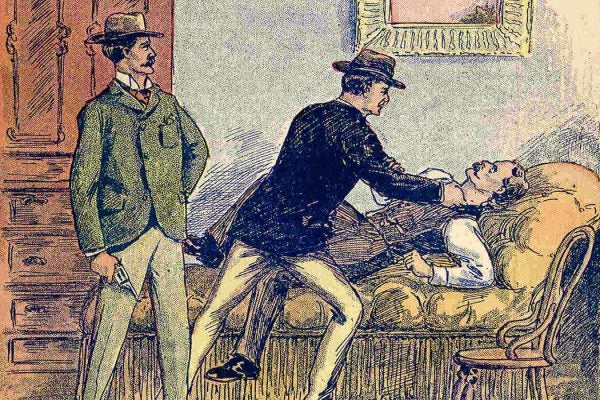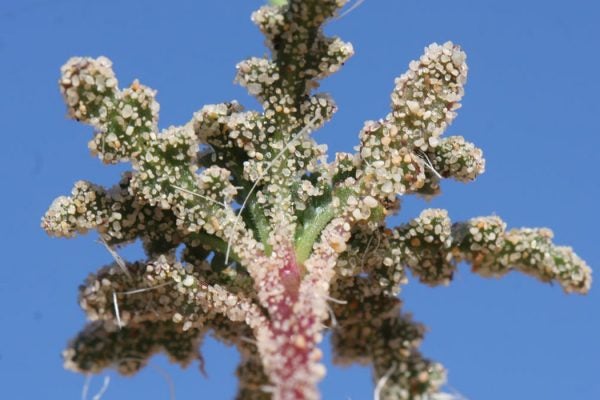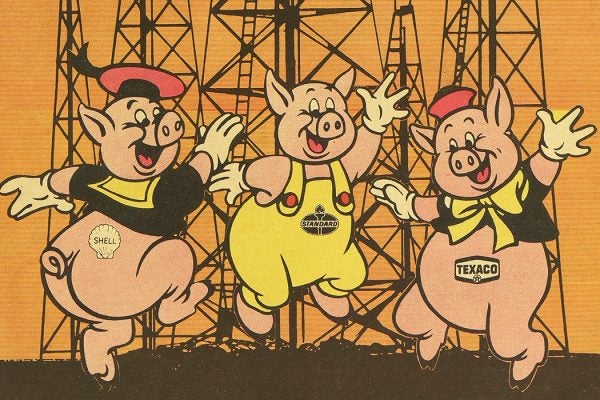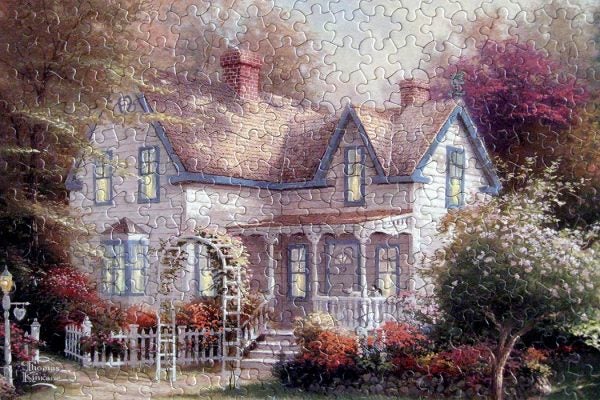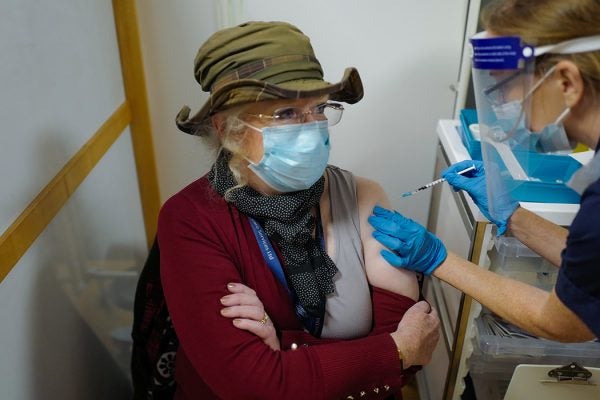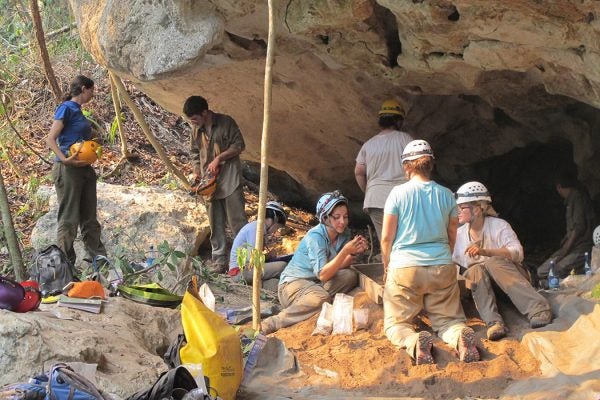The Tragedy at Buffalo Creek
The historic Buffalo Creek flood tore through a region often exploited by industry—and stereotyped by outsiders.
The Murder Ballad Was the Original True Crime Podcast
The 1896 version of crime sensationalism also taught the victim-blaming lesson “Stay Sexy, Don’t Get Murdered.”
Some Plants Use Stickiness to Fend off Hungry Insects
For some sand-dwelling plants, stickiness is a defense tactic that keeps predators at bay.
Notes on Queer Conception and the Redefinition of Family
Feminist scholars refer to the “intensely communal, queer, and playful nature” of DIY LGBTQ conception, but Fertility, Inc. is another story.
Community Care in the AIDS Crisis
The Shanti Project’s work in caring for people with AIDS provides valuable lessons in the efficacy of mutual aid in fighting disease.
How the IWW Grew after the Centralia Tragedy
A violent confrontation between the IWW and the American Legion put organized labor on trial, but a hostile federal government didn’t stop the IWW from growing.
The Campus Underground Press
The 1960s and 70s were a time of activism in the U.S., and therefore a fertile time for campus newspapers and the alternative press.
What’s Behind the Pandemic Puzzle Craze?
Puzzles, or “dissected maps,” were invented in Georgian-era England, probably by a mapmaker named John Spilsbury in the early 1760s.
The COVID-19 Vaccines Arrived at Warp Speed
Are they safe if they were developed so quickly? Research-backed answers to your virus questions.
How Do Archaeologists Know Where to Dig?
Archaeologists used to dig primarily at sites that were easy to find thanks to obvious visual clues. But technology—and listening to local people—plays a bigger role now.
